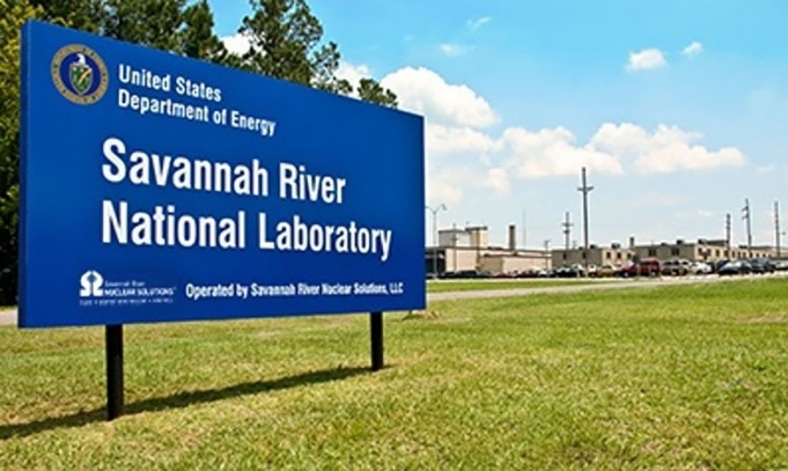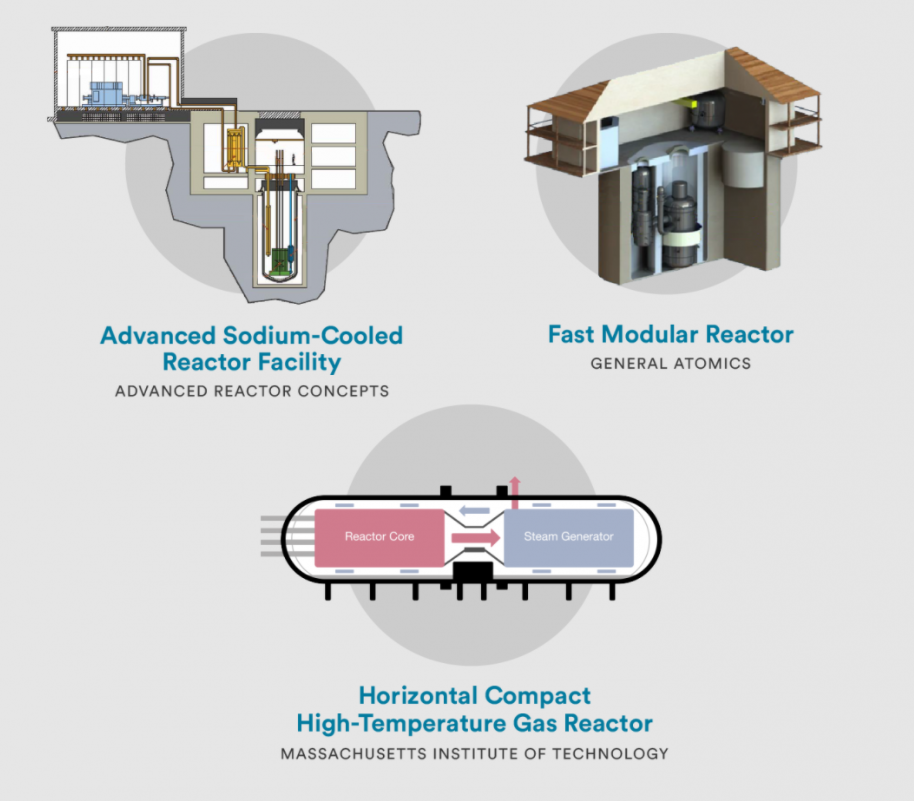Former NRC chairs issue vaccine timeline recommendation to CDC
 Five former chairmen of the U.S. Nuclear Regulatory Commission—Stephen Burns, Allison Macfarlane, Nils Diaz, Richard Meserve, and Dale Klein—signed a letter to José Romero, Arkansas health secretary and chair of the Centers for Disease Control and Prevention (CDC) immunization advisory committee, requesting that the advisory committee update its recommendation for COVID-19 vaccine allocation guidance for the energy workforce (including nuclear energy workers).
Five former chairmen of the U.S. Nuclear Regulatory Commission—Stephen Burns, Allison Macfarlane, Nils Diaz, Richard Meserve, and Dale Klein—signed a letter to José Romero, Arkansas health secretary and chair of the Centers for Disease Control and Prevention (CDC) immunization advisory committee, requesting that the advisory committee update its recommendation for COVID-19 vaccine allocation guidance for the energy workforce (including nuclear energy workers).
Currently, the CDC has four phases for the COVID-19 vaccine rollout. Those phases are numbered:
- 1a (the current phase), reserved for healthcare workers and those living in long-term care facilities;
- 1b, reserved for people 75 years and older and frontline essential workers;
- 1c, reserved for persons 65 to 74 years old, those aged 16 to 64 who have high-risk medical conditions, and other categories of essential workers (this includes energy workers); and
- 2, for everyone else that was not named in the previous three phases aged 16 to 64.


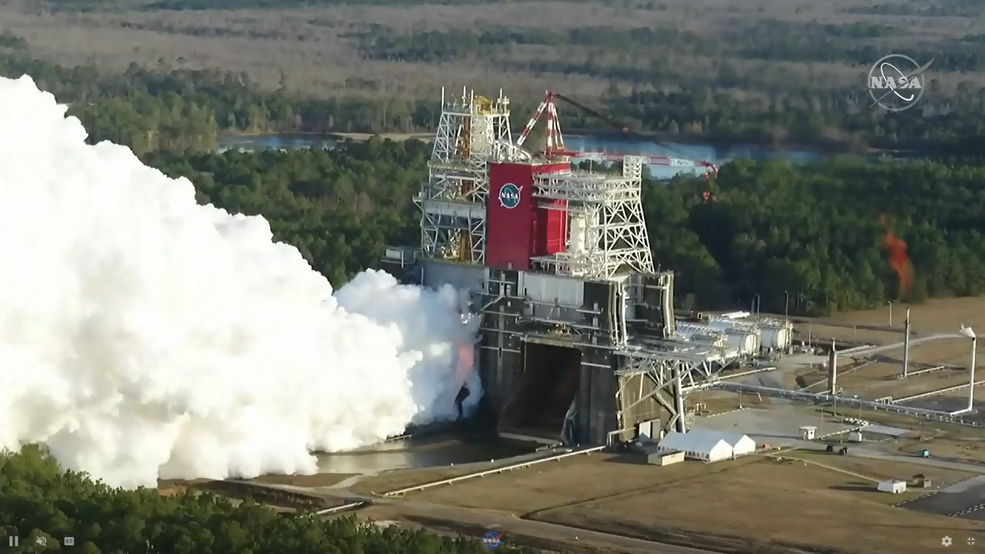


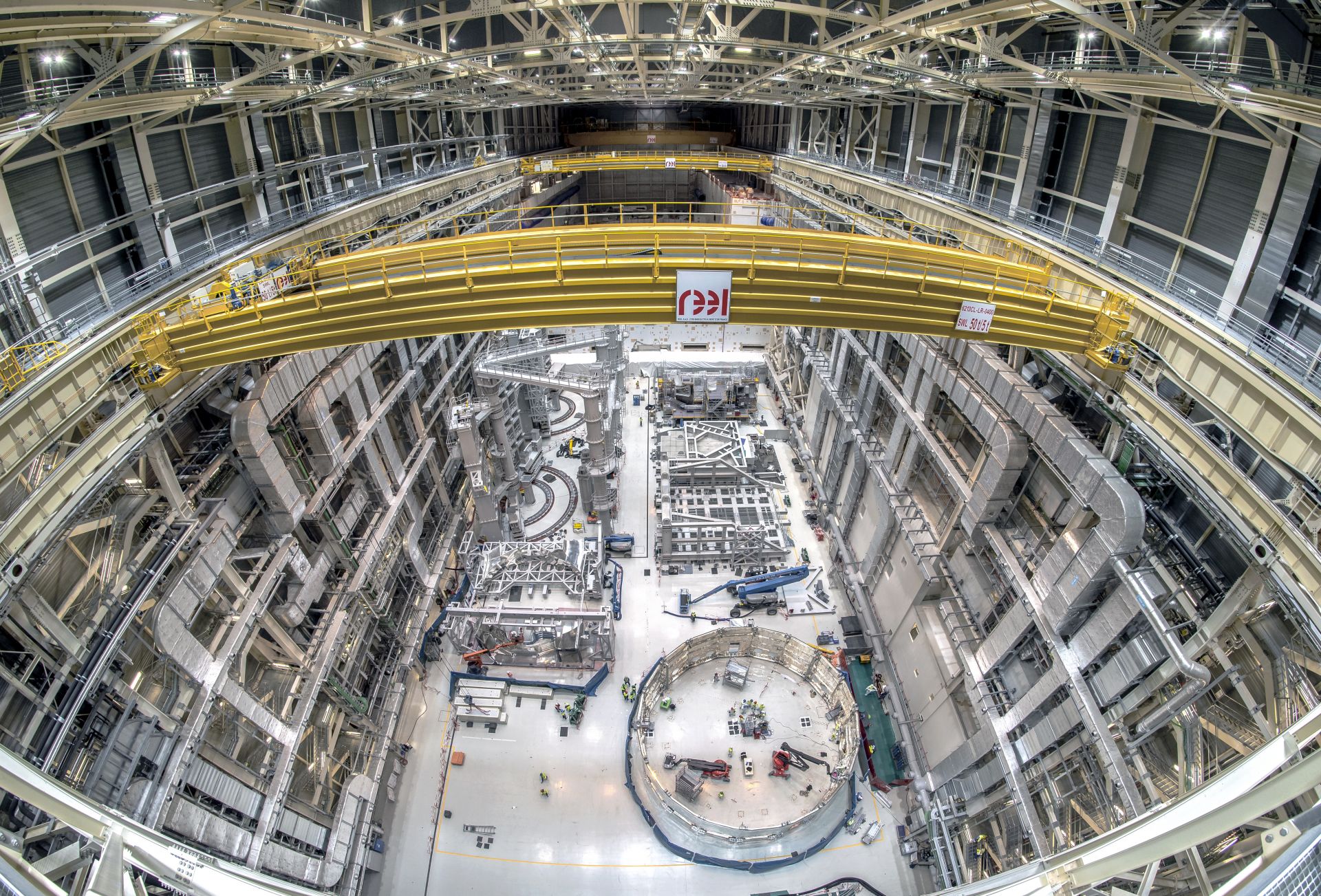
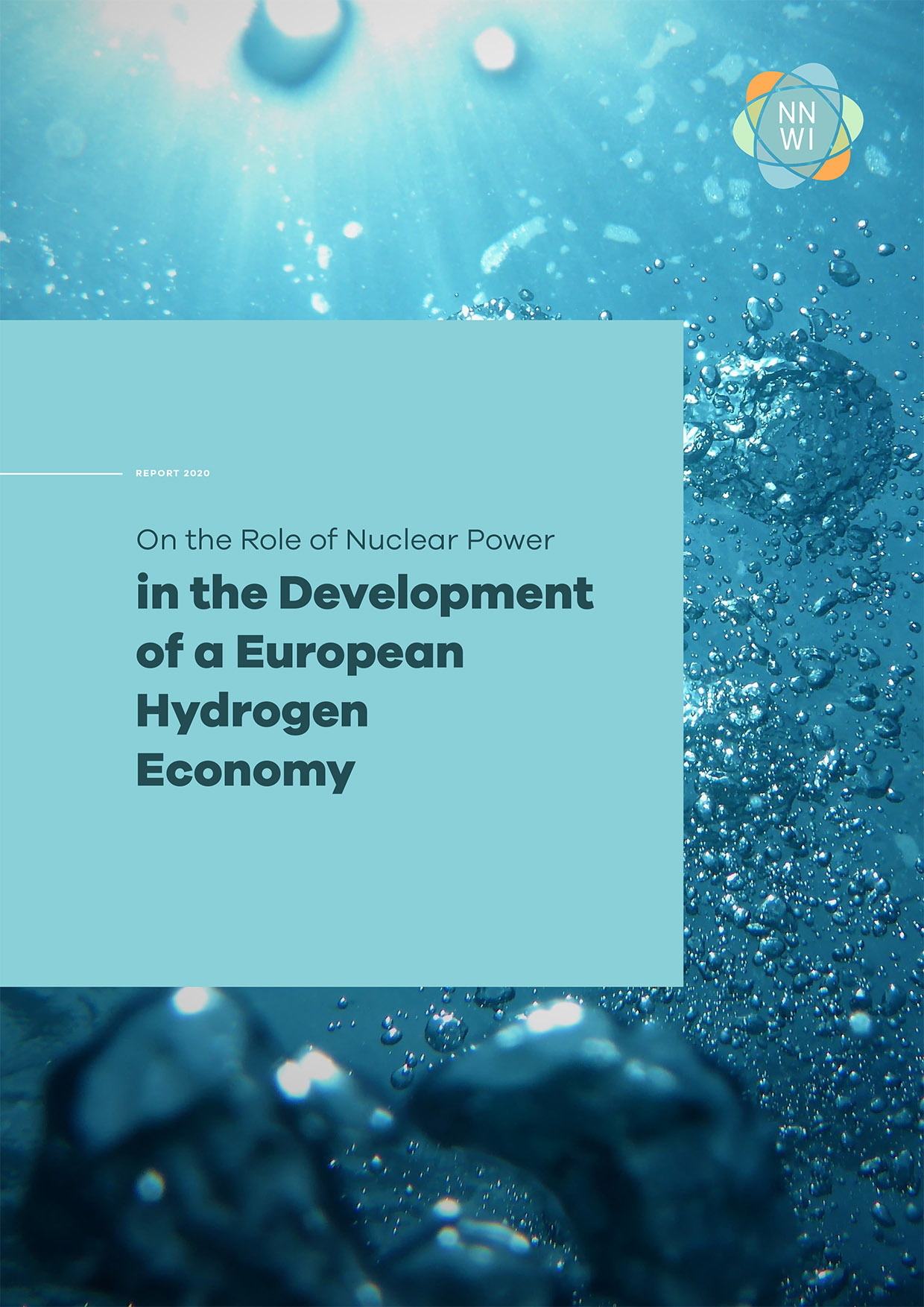 The European Commission’s current strategy for developing a hydrogen economy—part of its overall goal of achieving a climate-neutral European Union by 2050—needs to make more room for nuclear power. That’s according to a report published in December by the New Nuclear Watch Institute (NNWI), an industry-supported think tank based in the United Kingdom.
The European Commission’s current strategy for developing a hydrogen economy—part of its overall goal of achieving a climate-neutral European Union by 2050—needs to make more room for nuclear power. That’s according to a report published in December by the New Nuclear Watch Institute (NNWI), an industry-supported think tank based in the United Kingdom.
